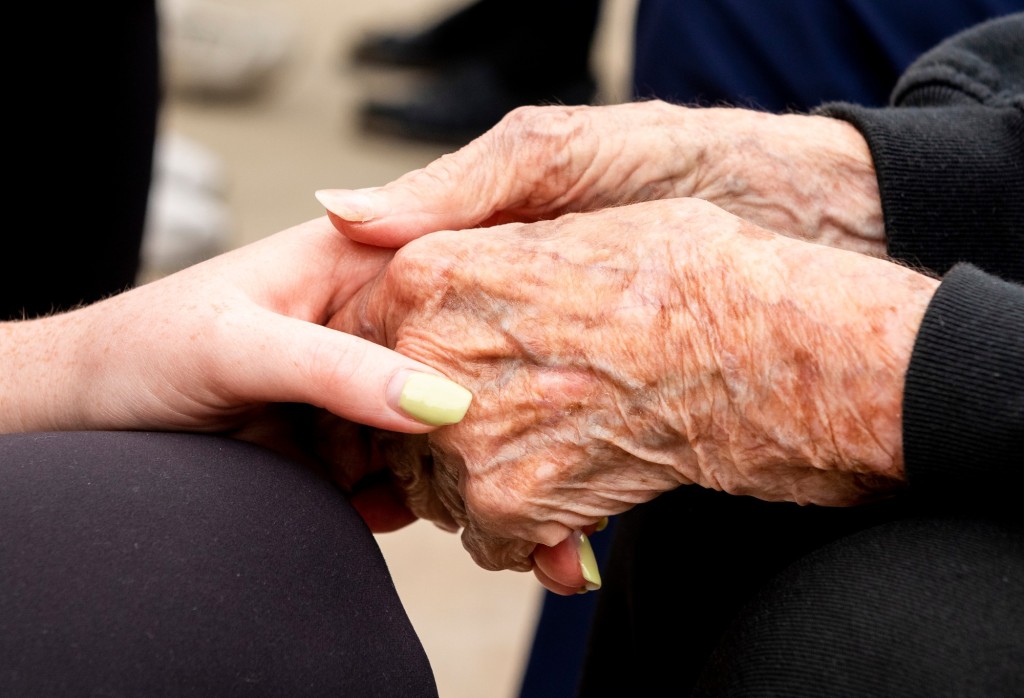By Dr. Jennifer Liu,
Guest columnist
Prostate health is an important issue in aging men.
Major health complications can arise from prostate issues, including prostate cancer, decreased quality of life because of urinary symptoms, and even bladder infections that can cause hospitalizations and the inability to urinate. The average age of diagnosis for prostate cancer is the late 60s. Prostate cancer is the second-leading cause of cancer death in American men, according to the American Cancer Society.
The prostate may not be a big organ like the heart or lungs, but that doesn’t mean it doesn’t play a crucial role in the functionality of male anatomy and its location can cause issues if something were to go wrong. The prostate gland is located just below the bladder and in front of the rectum. It wraps around the urethra, the tube that carries urine from the bladder and out of the body, which means if problems arise near the prostate, it can affect urination.
The prostate can be prone to quite a few issues but the main three conditions, according to Harvard Health, are prostatitis, benign prostatic hyperplasia (or BPH for short) and prostate cancer. Each of these conditions can have serious health consequences if not treated in a timely manner.
And since June is Men’s Health Month, now is a good time to look at various prostate issues, as well as how to treat and prevent them.
Non-cancerous Conditions
Prostatitis refers to when a prostate is inflamed.
There are two types of prostatitis, acute and chronic. Acute prostatitis refers to the prostate gland becoming infected through a bacterial infection. Chronic prostatitis is when an ongoing infection occurs near the prostate gland through the urethra. Antibiotics, prescribed by your primary physician, are used to fight the infection.
BPH, meanwhile, refers to the excessive growth of the gland that usually occurs after the age of 50. BPH can cause a range of problems, such as the frequent urge to…
Read the full article here







